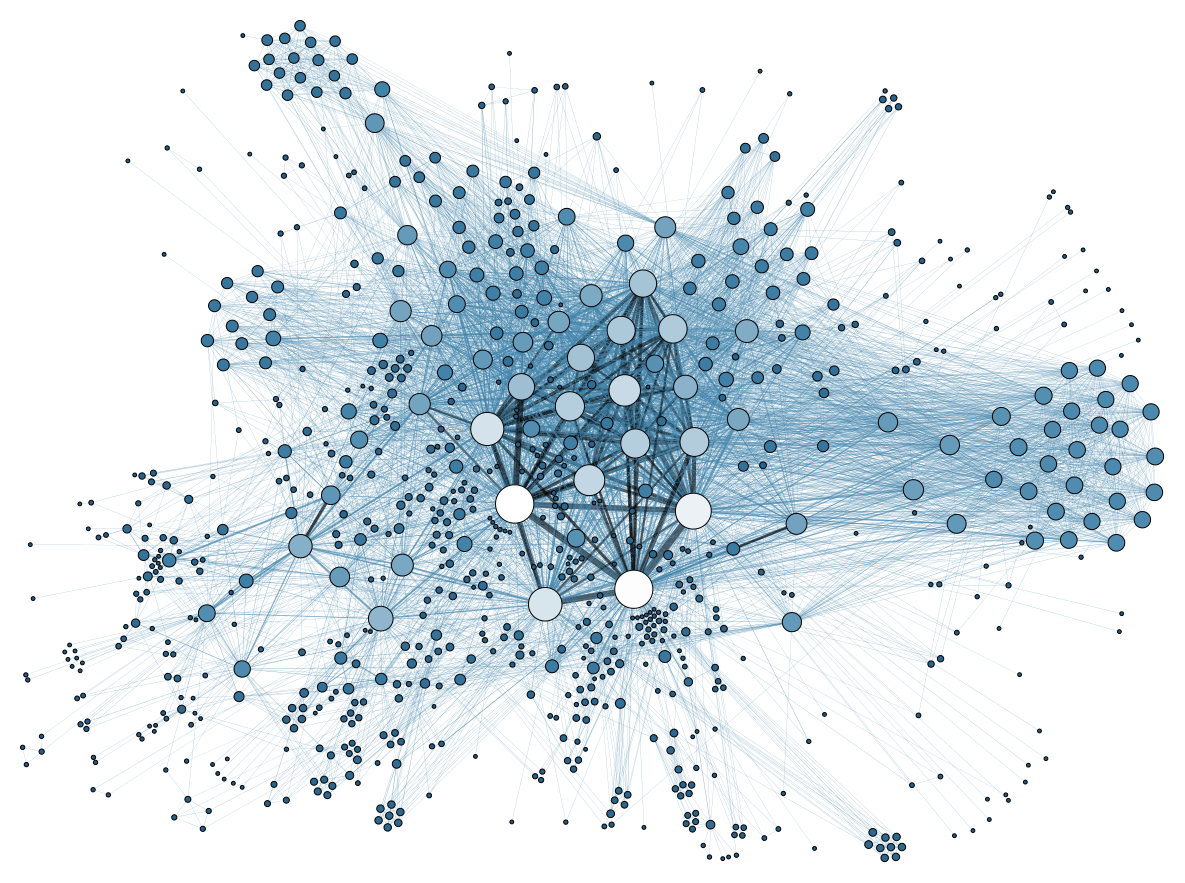WikiTree Mentors Tips – What’s in your Menu? Compact Tree
Today in some downtime (I know it’s a strange word for Genealogists – downtime is really multi-tasking) I was thinking about a new WikiTree Mentors-Tips post. Often times I am inspired by real life events in G2G (WikiTrees Genealogist to Genealogist Forum) or a question from someone in a PM (Private Message) or email. But today I was really goofing around with My Drop-Down Menus at the top right of every WikiTree page.
![]() It’s not the My WikiTree one, the one next to it with my WikiTree ID, Gaulden-7, as the start…if you scroll down you’ll see a lot of stuff to play with. Today I was playing around with the first one in the drop-down list, Compact Tree.
It’s not the My WikiTree one, the one next to it with my WikiTree ID, Gaulden-7, as the start…if you scroll down you’ll see a lot of stuff to play with. Today I was playing around with the first one in the drop-down list, Compact Tree.
Compact Tree
This page gives you a compact Tree of your Family. If you are a WikiTreer check out yours (if you are not a WikiTree you are missing some incredible tools)…
Eight generations — up to 254 ancestors. “This is made for sharing, especially with DNA matches: https://www.WikiTree.com/treewidget/Gaulden-7/5″
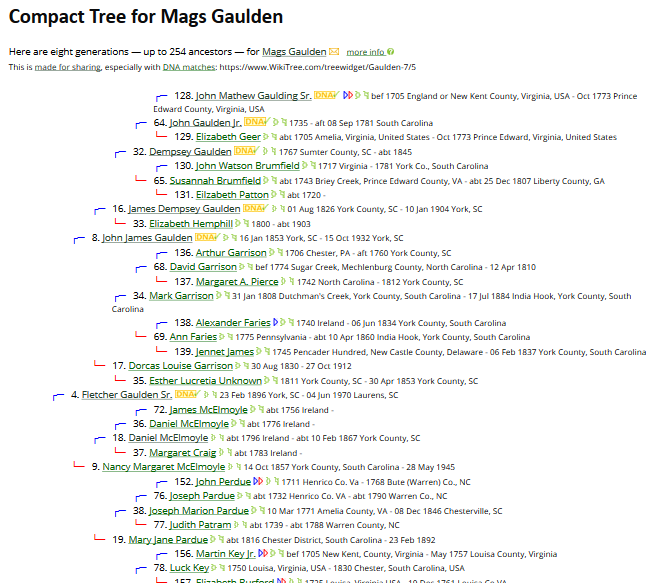
Made for sharing
Made for sharing, which is very true. But what else can this widget do for us and or for someone we send it to?
- You can click on your Ancestor and be taken to the Profile page for them.
- You can see if there is a confirmed DNA Connection by seeing the DNA confirmed Icon).
- You can click on the Ancestor to go to the Profile to see a list of people who have also DNA tested who connect to the ancestor.
- You can extend the tree to the ancestors parents. (Click on the arrow icons)
- You can check out the Compact Tree for an Ancestor. (Click on the little ancestor tree icon)
- You can view all the Descendants for an Ancestor. (Click on the little descendants tree Icon)
Alphabetical and Different Views
At the bottom of the page you can Click “to view these names in alphabetical order, see Mags’s Family List. See Mags’s Tree & Tools page for more tree views.”
Send It To Your DNA Matches
Pretty nice – you can copy it to your DNA match email. You know the one you send out to people you find who have some kind of match to you. I get those all the time for my own DNA matches and Client matches… Those letters are sometimes the most confounding things I deal with daily. I got one the other day that was just a link to a family tree. What?! What do you mean when you send me nothing but a Family Tree list?
Well, with the Compact Tree, you can at least send them something they can figure out.
DNA Tool In and Of Itself
Use the compact Tree to quickly check through your Ancestors to see if there are others who have DNA tested who connect to the Ancestor. Using the information on the Profile for each DNA testor you can check to see if your paper trail is accurate.
Lollygagging and Blueberry Pie
Now back to my lollygagging and doing much of nothing, shaw, it might even be a good time to have some Blueberry pie!

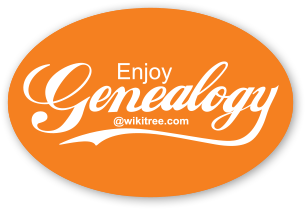
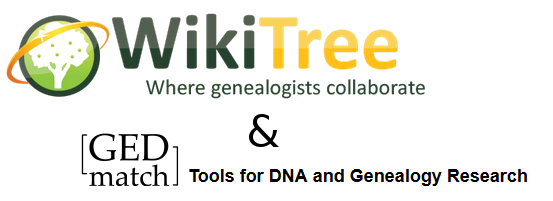

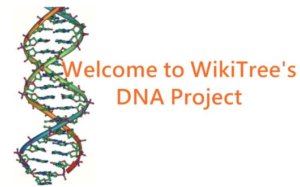 “When you post a DNA test on a WikiTree profile, WikiTree needs to be able to see the profile Family Tree tab to make DNA connections down the ancestral lines. Please be sure that the Privacy level on the profile and all of the ancestors are at a level that allows everyone to see the Family Tree tab. That is either:
“When you post a DNA test on a WikiTree profile, WikiTree needs to be able to see the profile Family Tree tab to make DNA connections down the ancestral lines. Please be sure that the Privacy level on the profile and all of the ancestors are at a level that allows everyone to see the Family Tree tab. That is either:
 YS well prepared dinners (no tv dinners for us) was a good thing. We also occasionally had cornbread made by Cammie, our nanny, housekeeper, cook and second/third mama. It was always cooked in an iron skillet and served hot from the oven. Comfort food in the extreme.
YS well prepared dinners (no tv dinners for us) was a good thing. We also occasionally had cornbread made by Cammie, our nanny, housekeeper, cook and second/third mama. It was always cooked in an iron skillet and served hot from the oven. Comfort food in the extreme.